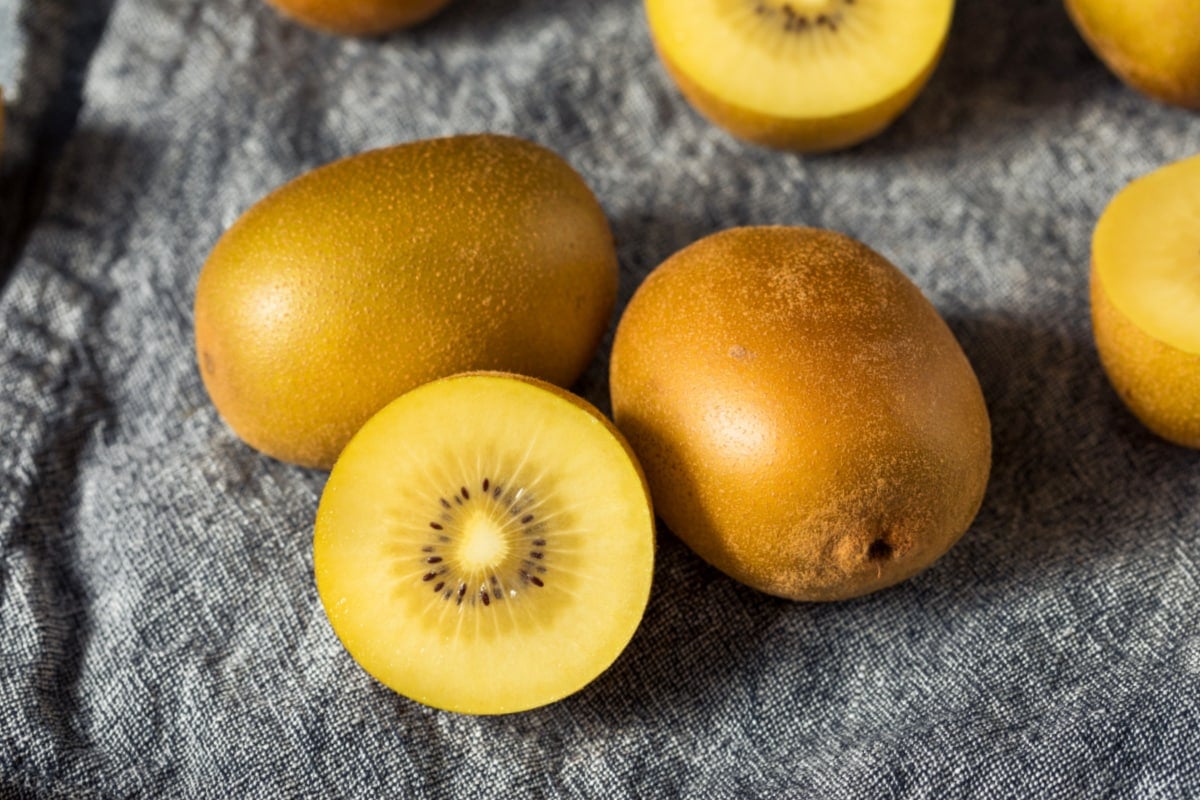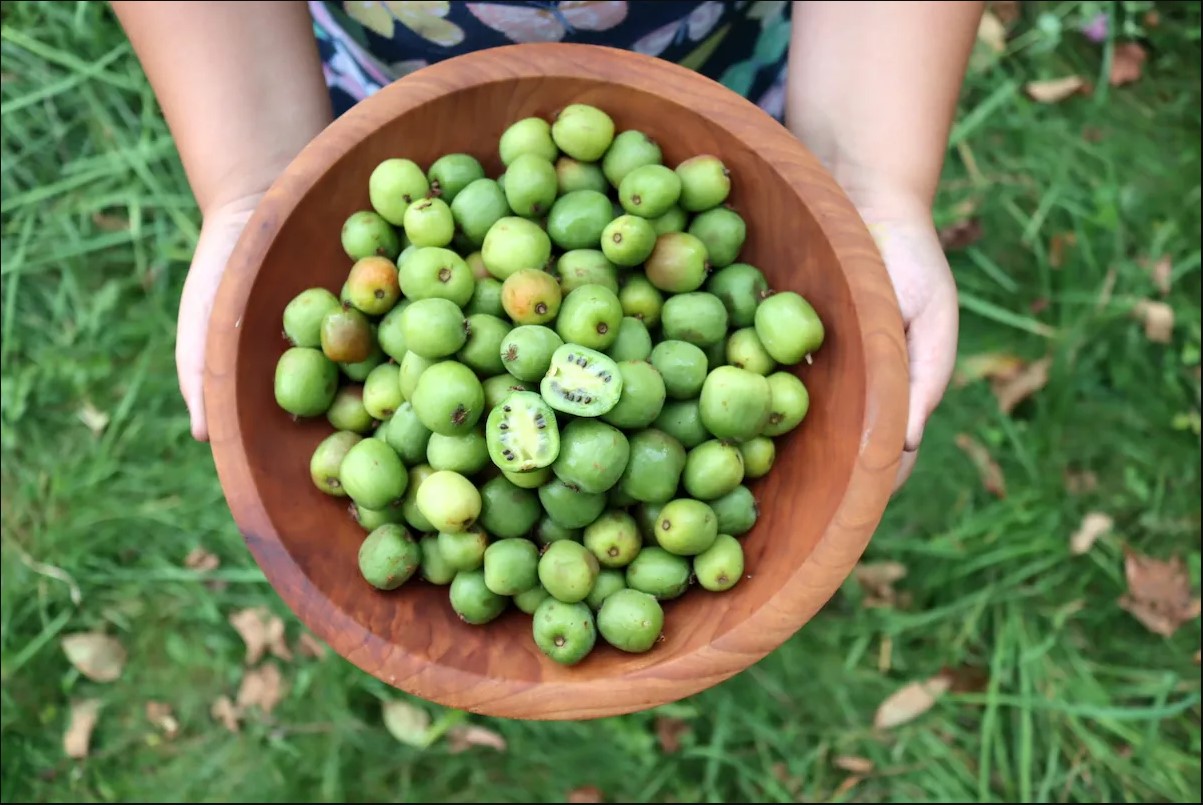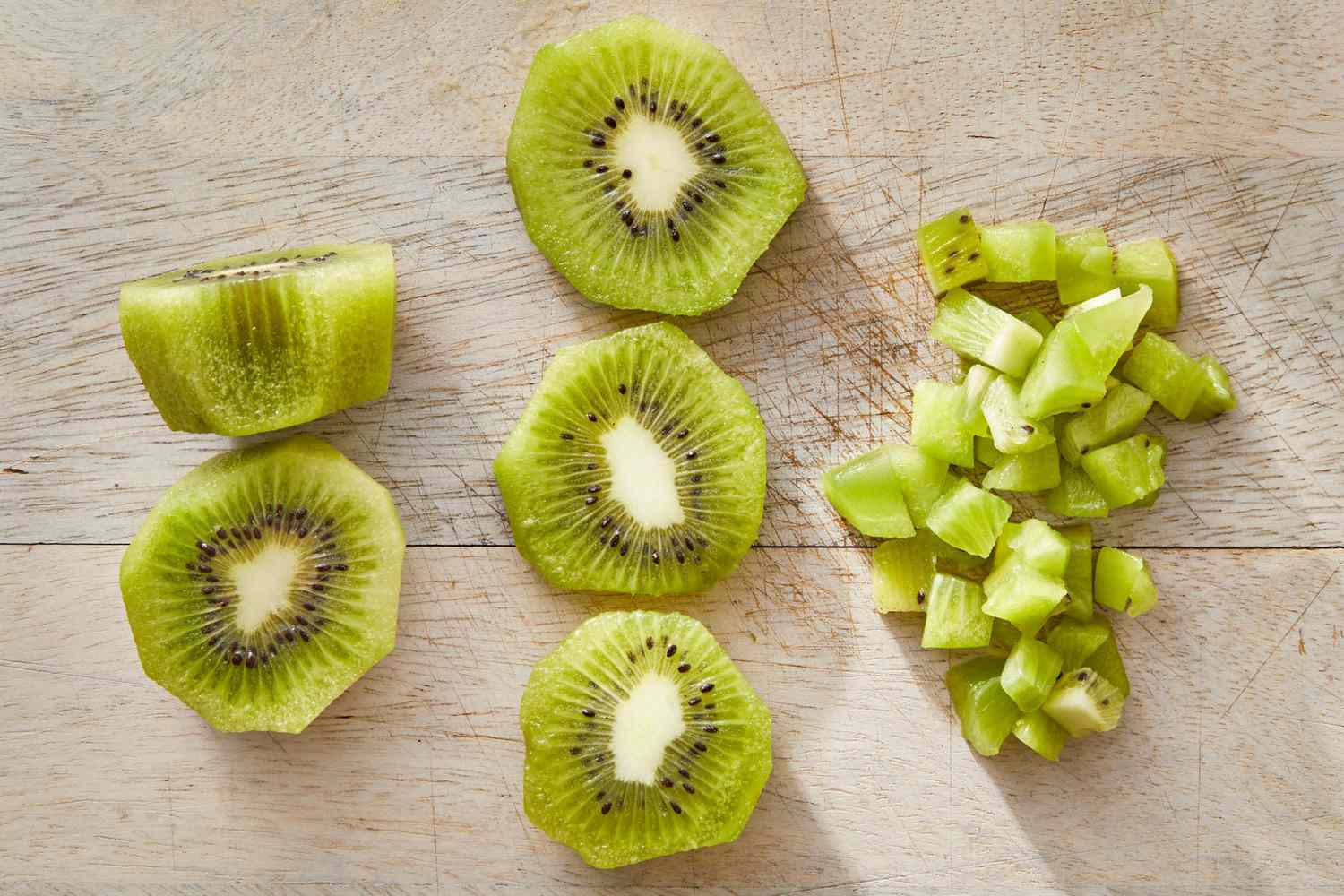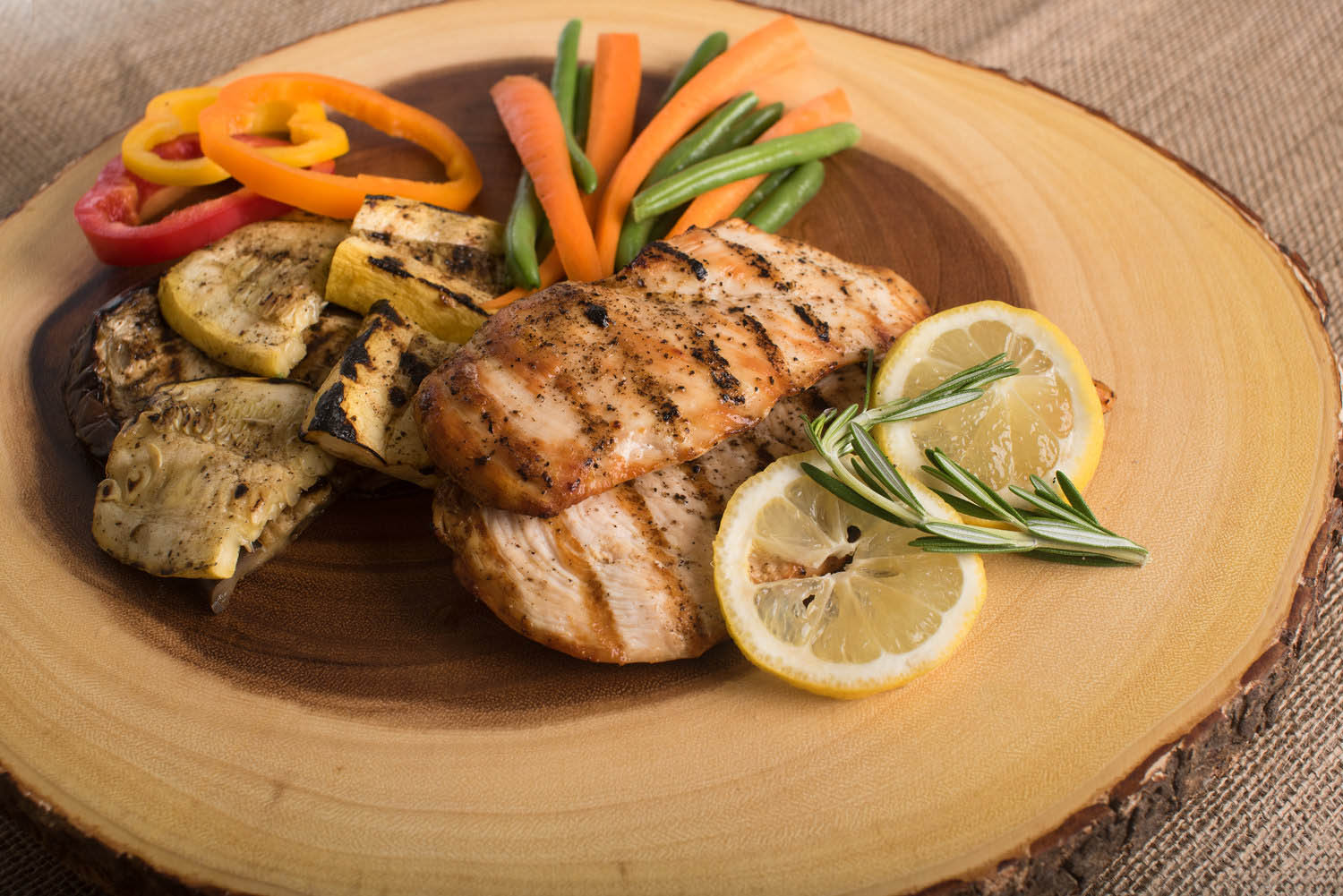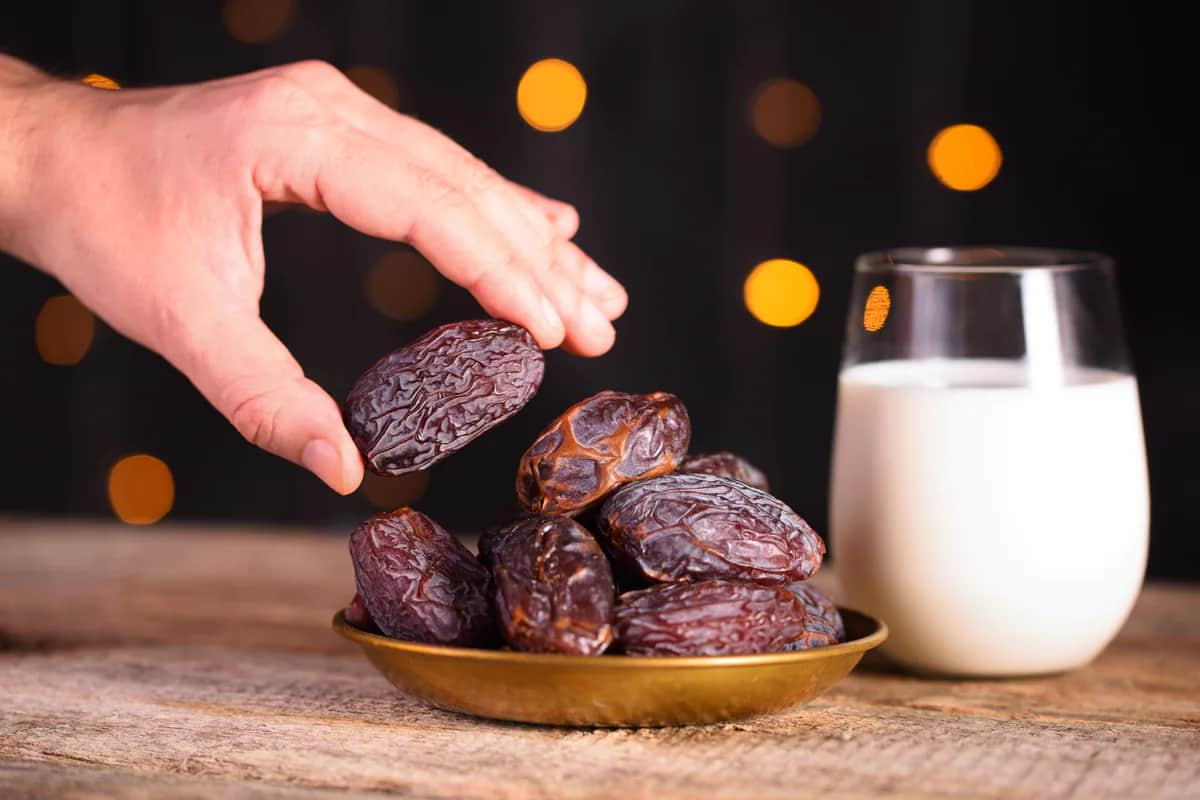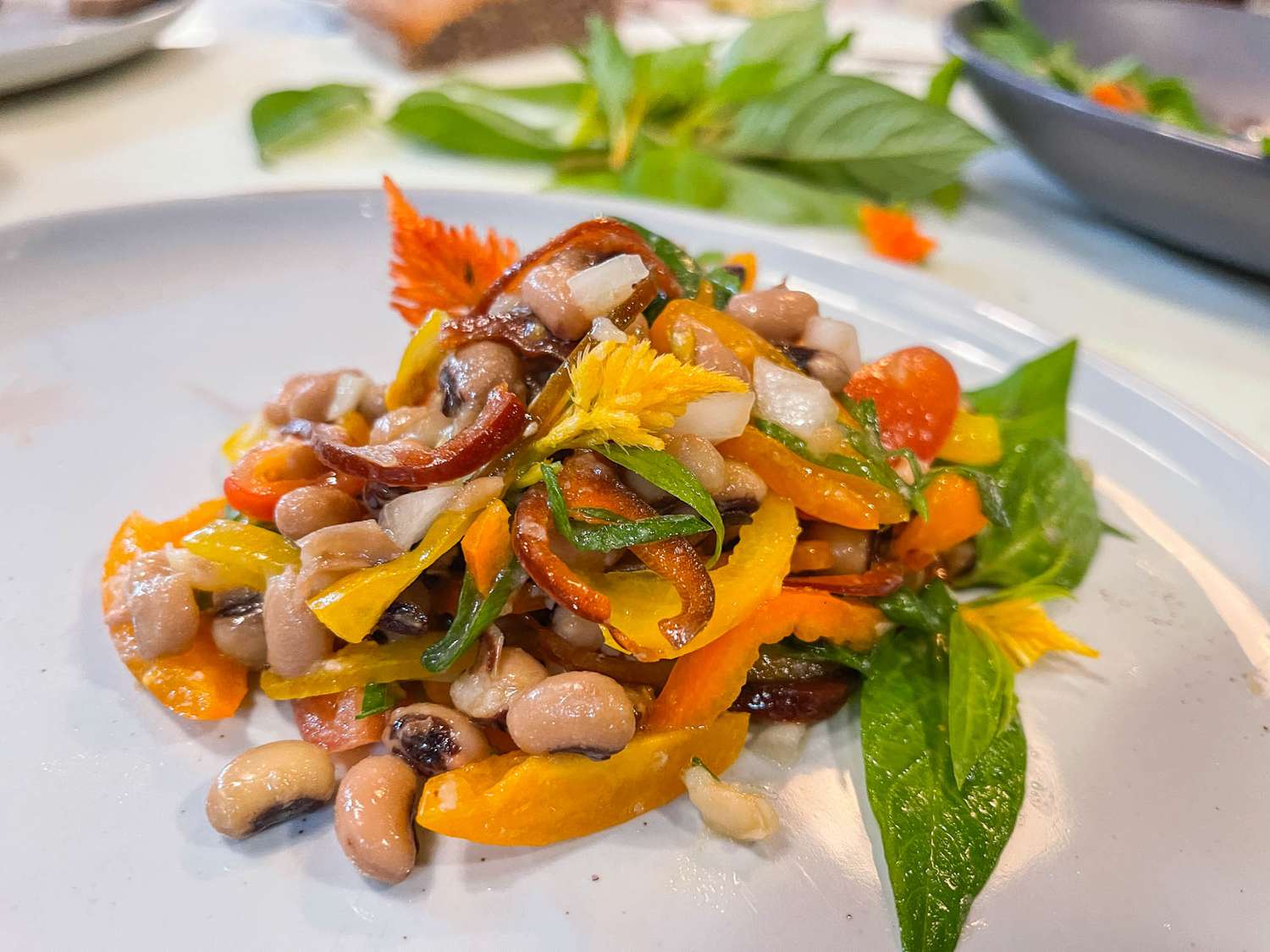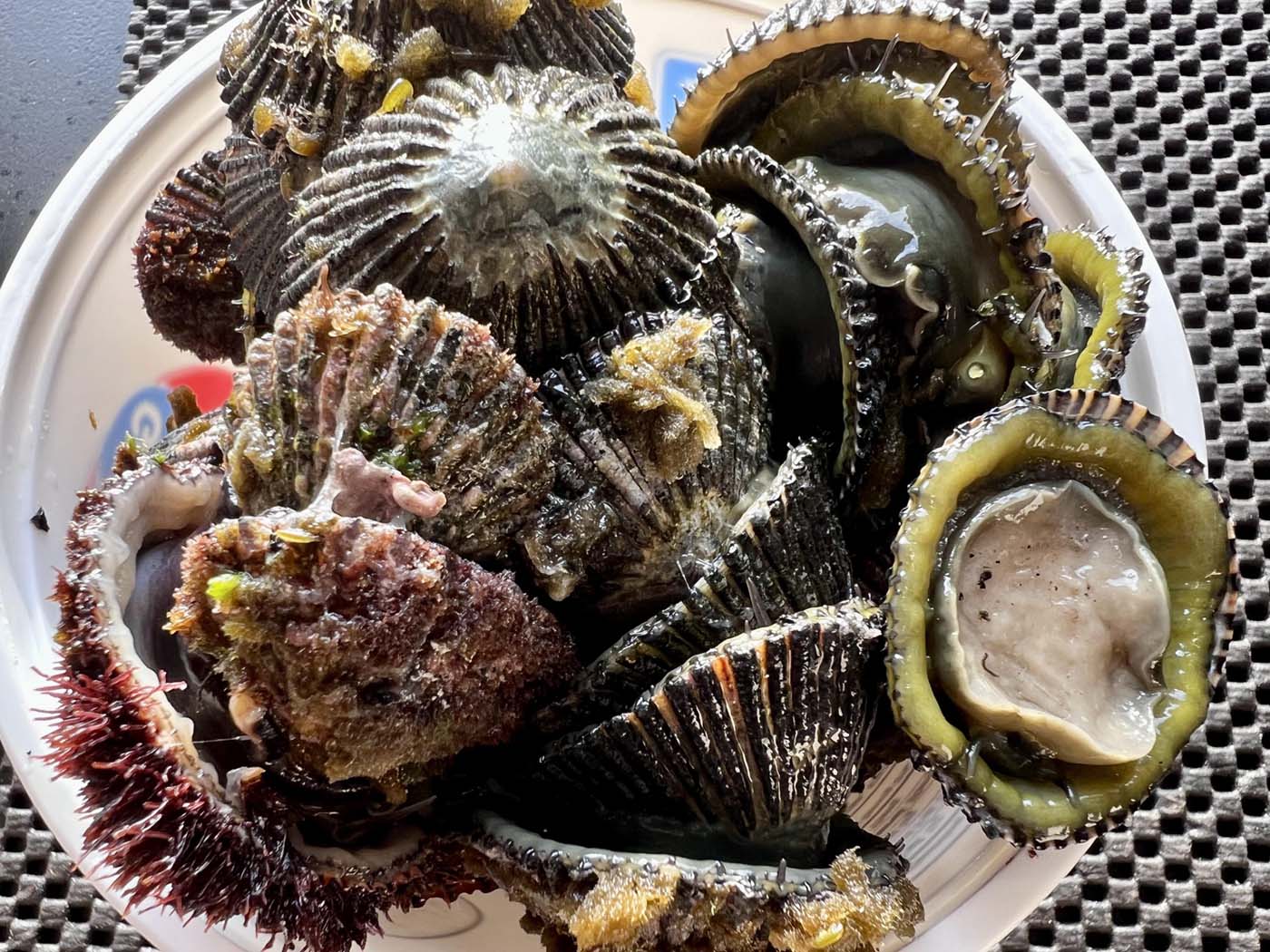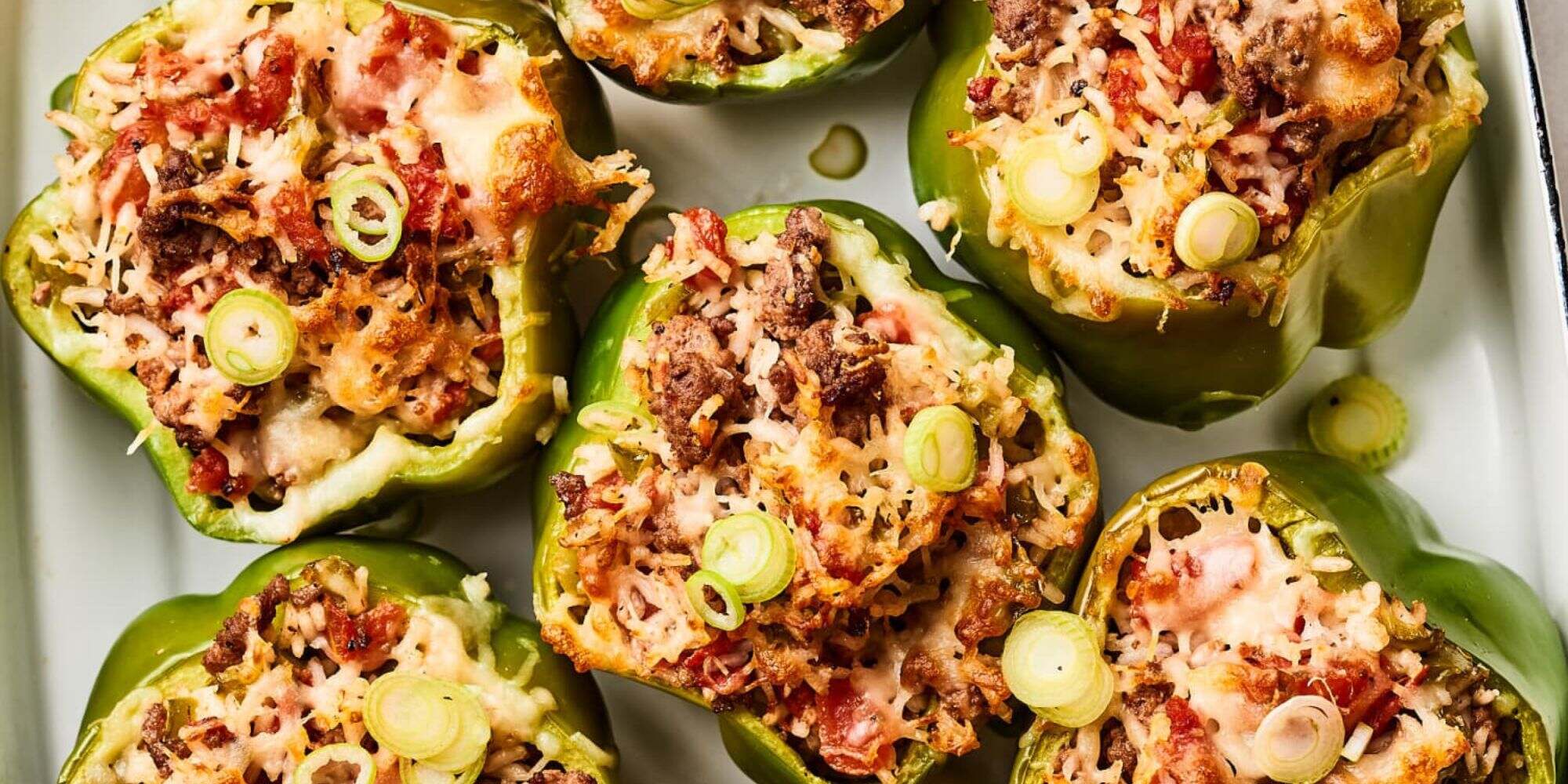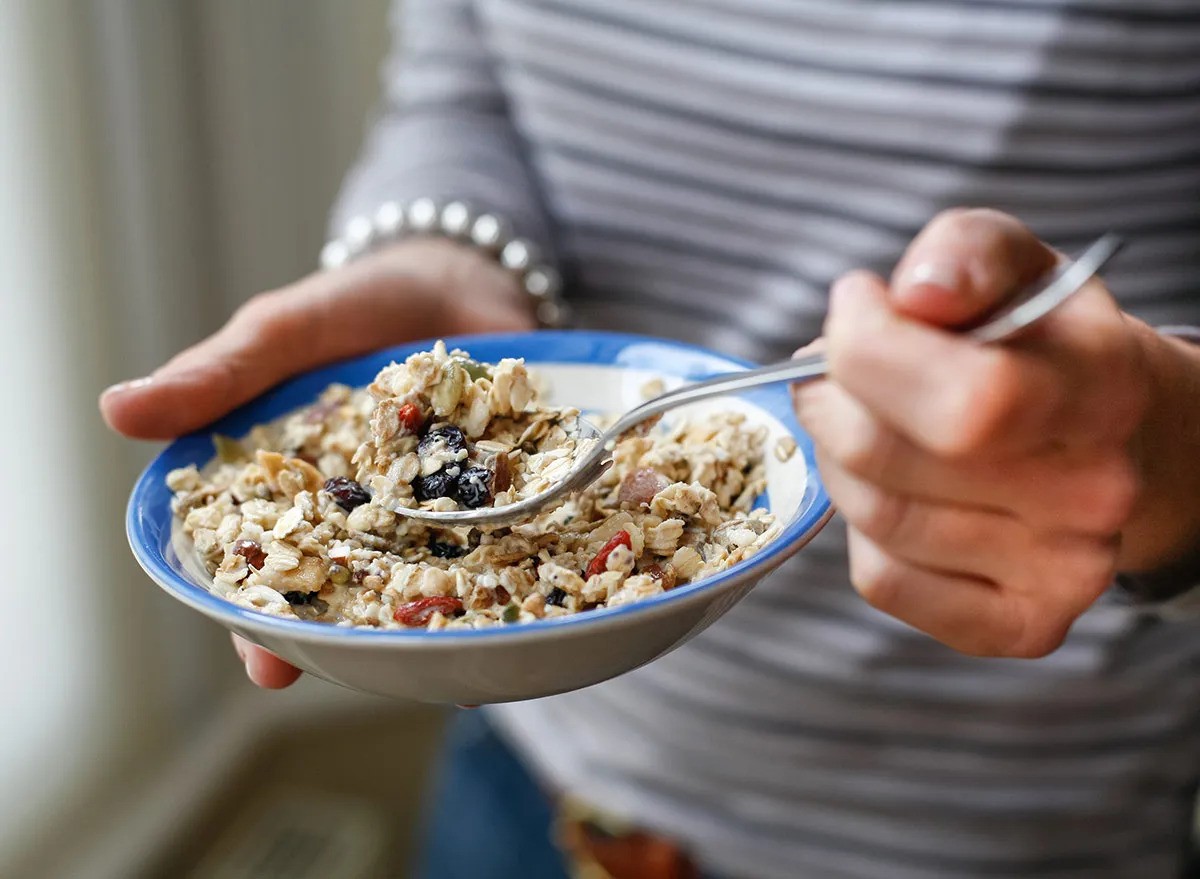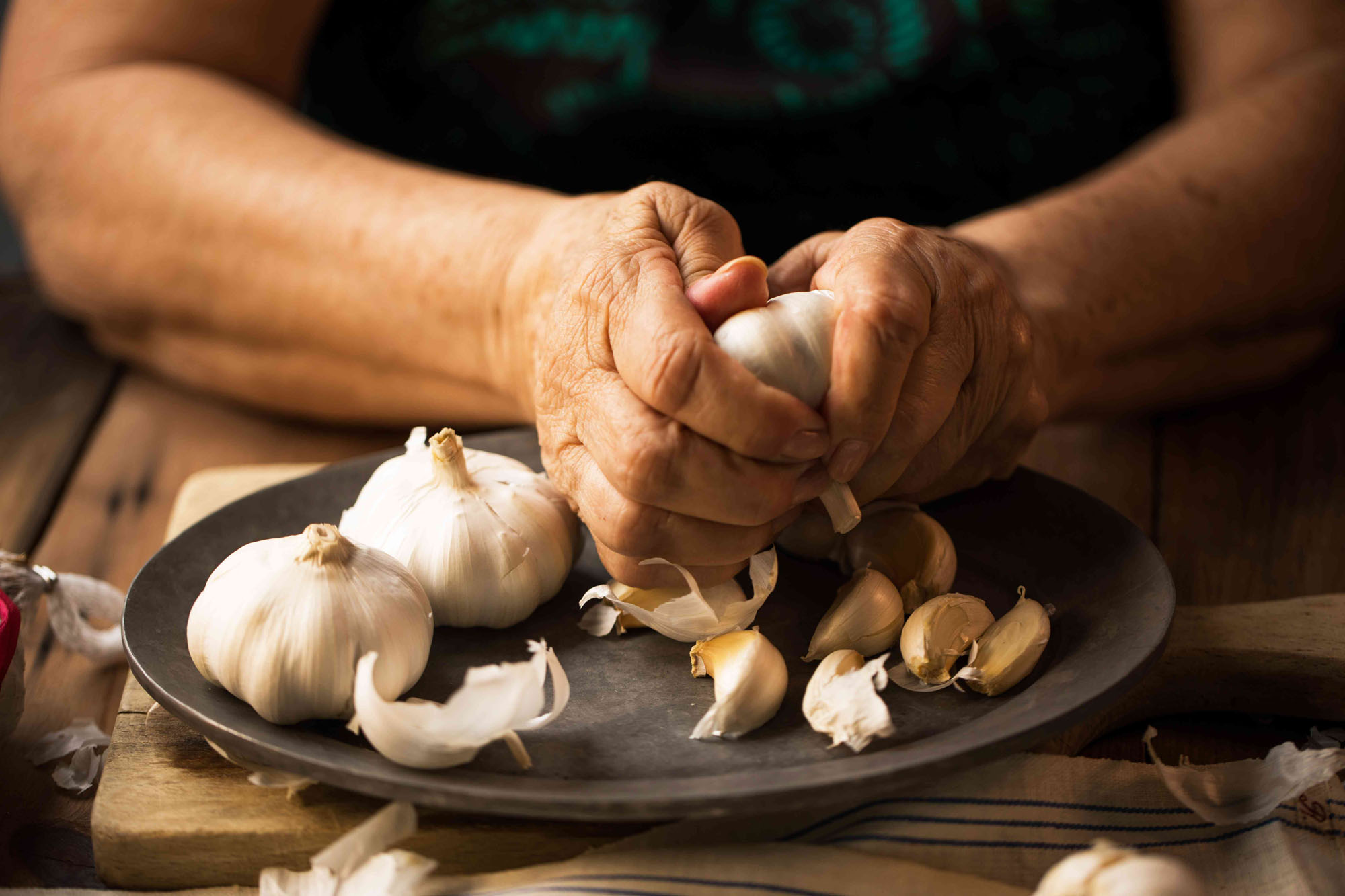Discover the Delicious and Nutritious Ways to Enjoy Kiwi Fruit
Are you a fan of sweet and tangy fruits? If so, you’ll love the unique flavor of kiwi fruit. Not only is it delicious, but it’s also packed with essential nutrients that can benefit your health. In this article, we’ll explore the various ways to enjoy kiwi fruit and make the most of its incredible taste and nutritional value.
1. Eating Kiwi Fruit Fresh
One of the simplest and most enjoyable ways to eat kiwi fruit is by consuming it fresh. Here’s how you can do it:
- Wash the kiwi fruit thoroughly under running water.
- Peel the skin using a knife or a peeler.
- Slice the fruit into rounds or wedges.
- Enjoy the juicy and flavorful flesh of the kiwi fruit.
2. Adding Kiwi Fruit to Smoothies
Another fantastic way to incorporate kiwi fruit into your diet is by adding it to your favorite smoothie recipes. The vibrant green color and refreshing taste of kiwi fruit can take your smoothies to the next level. Here’s a simple recipe to get you started:
- Blend together ripe kiwi fruit, banana, spinach, and a splash of coconut water.
- Pour the smoothie into a glass and garnish with a slice of kiwi fruit for a decorative touch.
- Sip and savor the delightful combination of flavors.
3. Using Kiwi Fruit in Fruit Salads
When it comes to creating vibrant and flavorful fruit salads, kiwi fruit is a must-have ingredient. Its bright green color and zesty flavor can elevate any fruit salad to a whole new level. Here’s how you can incorporate kiwi fruit into your next fruit salad:
- Peel and dice ripe kiwi fruit into bite-sized pieces.
- Combine the kiwi fruit with an assortment of other fruits such as strawberries, pineapple, and mango.
- Toss the fruits together gently and serve for a refreshing and nutritious treat.
4. Making Kiwi Fruit Salsa
If you’re a fan of savory and spicy flavors, you’ll love the idea of making kiwi fruit salsa. This unique and flavorful condiment pairs perfectly with grilled fish or chicken. Here’s a simple recipe to try:
- Dice ripe kiwi fruit and combine it with finely chopped red onion, jalapeno, cilantro, and a squeeze of lime juice.
- Season the salsa with a pinch of salt and a dash of cayenne pepper for an extra kick.
- Serve the kiwi fruit salsa alongside your favorite grilled dishes for a burst of tropical flavor.
5. Freezing Kiwi Fruit for a Refreshing Snack
During the hot summer months, there’s nothing quite as satisfying as a frozen treat. You can freeze kiwi fruit to create a delightful and refreshing snack that’s perfect for cooling off on a warm day. Here’s how you can do it:
- Peel and slice ripe kiwi fruit into rounds or wedges.
- Place the kiwi fruit slices on a baking sheet and freeze them until they are firm.
- Once frozen, transfer the kiwi fruit slices to a resealable plastic bag and store them in the freezer for a quick and healthy snack option.
Now that you know the various ways to enjoy kiwi fruit, it’s time to incorporate this delicious and nutritious fruit into your diet. Whether you prefer it fresh, blended into a smoothie, or used in a savory salsa, kiwi fruit offers a delightful burst of flavor and a wealth of health benefits. So go ahead, indulge in the goodness of kiwi fruit and elevate your culinary experience!
More Delicious Ways to Enjoy Kiwi Fruit
If you're excited to put your new kiwi fruit knowledge to use, the array of recipes provided offers a perfect starting point. For a refreshing treat, try the Kiwi Lime Sorbet Recipe, which combines the tangy zest of lime with the sweet, vibrant taste of kiwi. For those looking for a nourishing start to their day, the Tropical Kiwi Smoothie Bowl Recipe is a delightful choice, blending rich, tropical flavors into a nutritious breakfast. If you're in the mood for something savory, the Grilled Chicken with Kiwi Salsa Recipe offers a delicious balance of protein and fruity zing, making it an excellent meal for any occasion. These recipes are not only tasty but also incorporate the health benefits of kiwis, making them dishes you'll want to return to time and again.
